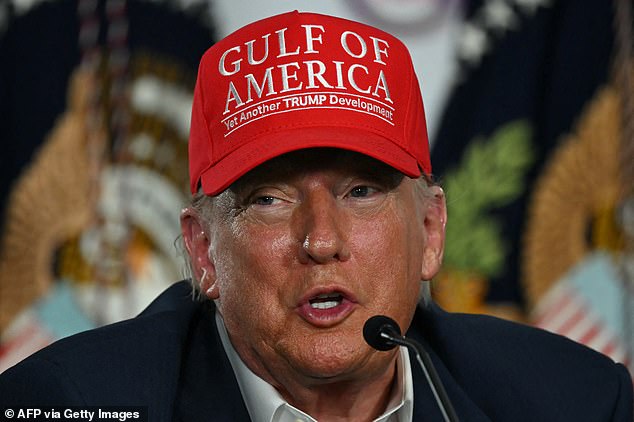
Trump’s $10B Pledge to Musk’s Top Rival Deals Fresh Blow to Tesla CEO
Trump’s NASA Funding Bill Clashes with Musk’s Mars Ambitions
(Images: 1) President Trump reviewing documents; 2) Artemis I launch (2022); 3) SpaceX reusable rockets; 4) ISS orbiting Earth)
President Trump is poised to sign the Senate-approved "Big, Beautiful Bill"—a $10 billion boost for NASA’s Artemis program, prioritizing moon missions over Elon Musk’s push for Mars colonization. This funding revitalizes the controversial Space Launch System (SLS), relying on single-use rockets, directly opposing Musk’s reusable SpaceX technology.
Artemis vs. Musk’s Vision
Artemis aims to return astronauts to the moon by 2030, establishing a sustained lunar presence. However, Musk, a longtime critic of SLS, argues that disposable rockets waste taxpayer dollars. “A billion-dollar rocket is blown up every launch!” he tweeted in 2020. The bill’s passage marks a reversal: Trump previously aligned with Musk to phase out SLS by 2027 but now supports the Senate’s revised priorities.
Funding Breakdown
- $10 billion for Artemis, primarily for SLS development.
- $2.6 billion for the Lunar Gateway, a moon-orbiting station.
- $700 million for a Mars Telecommunications Orbiter, despite earlier proposed cuts.
- $325 million to SpaceX for an ISS deorbiting spacecraft.
NASA’s Inspector General estimates each SLS launch could cost $2.5 billion, with Artemis already consuming $93 billion since 2019. While Artemis I (unmanned) succeeded in 2022, Artemis II (2026) and III (2027) face delays.
(Image: SLS rocket on launchpad)
Musk’s Criticism and Partial Wins
Musk slammed the bill as a “disgusting abomination,” warning it saddles the U.S. with debt and stifles innovation. Yet, SpaceX secured funding to build the ISS deorbit vehicle, aligning with Musk’s safety concerns. NASA plans to retire the ISS by 2030, though Musk advocates a 2027 timeline.
(Image: Concept art of SpaceX’s ISS deorbiting spacecraft)
The Mars Factor
The bill revives the Mars sample-return mission, previously targeted for cuts. SpaceX’s focus remains on Mars, but NASA’s renewed lunar goals underscore a policy clash. While Musk’s ambitions face setbacks, the bill ensures short-term gains for legacy space projects.
As Trump’s signature looms, the debate highlights a broader tension between reusable innovation and entrenched governmental spending—a conflict where Musk’s Mars dreams take a backseat, for now.
(Image: Artist’s depiction of a Mars colony)
Word count: 598


